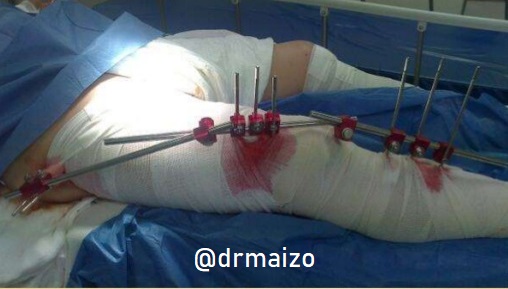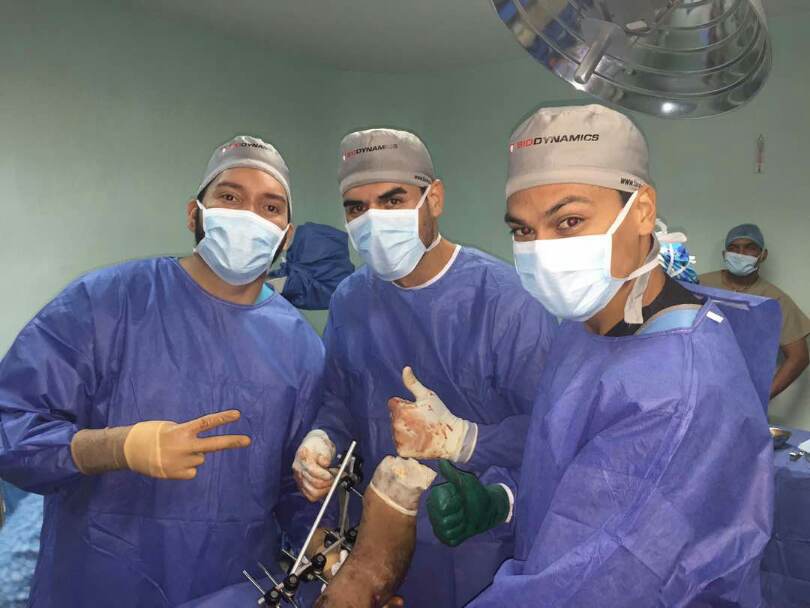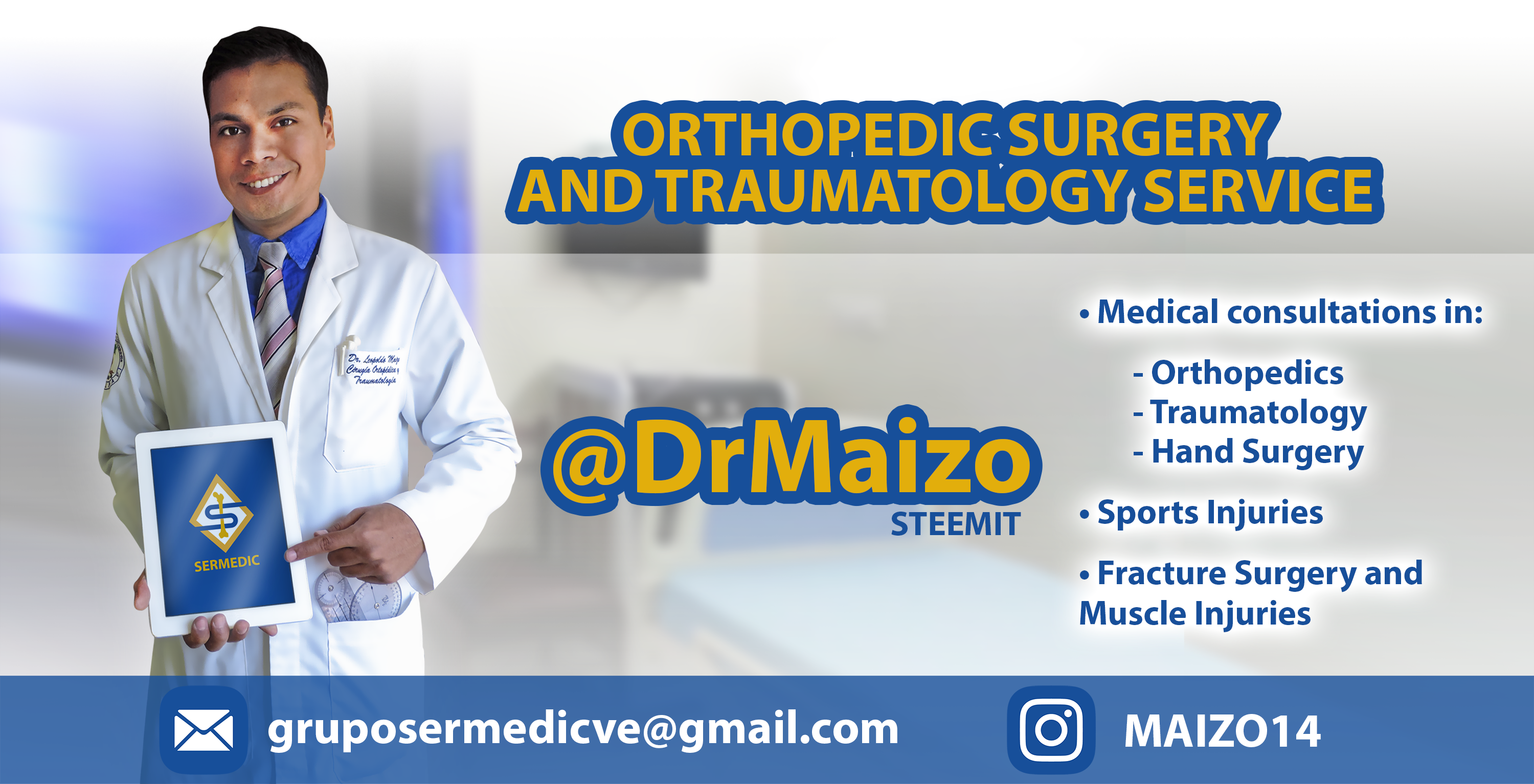
Principles of stability
External fixation is a treatment method based on extrafocal handling of bone fragments. As such, its main principles for the management of its surgical technique is stability. Stability at a distance from the surgical or traumatic lesion is achieved by managing the criteria of the lever arm it establishes: a) Anchor nails and/or transfictive nails should be placed at a distance proportional to the longitudinal extension of the fixed segment; for example, if an osteotomy is performed or a fracture is treated at the level of the middle third of the tibia, if the proximal fragment measures 13 cm and a fixator with three transfictive nails or three anchor nails is to be used, these should be placed at a distance of approximately 4 cm between one and the other.

Dynamization and progressive loading of the external fixator in the bone
Dynamization is the application of controlled loads at the fracturary or osteotomy focus. These controlled loads can be achieved by combining compression with distraction in a dosed manner, which is called cyclic motion. This type of dynamization is very useful in bone elongations and transports. When a callus is visible at radiological level (callus veil) and dosed compression is applied, external consolidation and total ossification of the callus is stimulated. This is called progressive loading. In the 1980s it was argued that abundantly on these interesting concepts that are applied in the use and treatment of the external fixation.
https://cdn.steemitimages.com/DQmVTbJRaFDLHTRc66Zwkqtn3gMNM3gjDZAoYVZkmAMN8AN/IMG-20170821-WA0209_resized_20170821_104940231.jpg




.png)